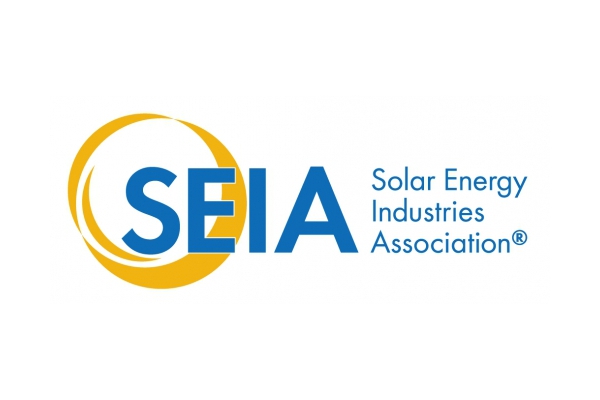
The U.S. Department of the Treasury released a new map and guidance that will govern the implementation of the Energy Communities adder credit, a tool the U.S. solar and storage industry can use to improve access to solar power and energy storage.
Under the Inflation Reduction Act (IRA), clean energy developers using the solar Investment Tax Credit (ITC) or Production Tax Credit (PTC) are encouraged to build solar projects located in underserved areas through new adder credits that increase the base value of the ITC and PTC. The Energy Communities adder credit is valued at up to 10% and is intended for solar and solar plus storage projects that are located in census tracts where coal mines or coal-fired generators have closed, areas with high unemployment that previously relied on employment in the fossil fuel sector and/or on brownfield sites.
In November 2022, the Solar Energy Industries Association (SEIA) responded to the Treasury Department’s request for information on Energy Communities guidance. The association made numerous recommendations in those comments, many of which were adopted in the final guidance:
- The Inflation Reduction Act generally defines “energy communities” with respect to certain types of U.S. government statistical data areas, such as “census tracts,” “metropolitan statistical areas” and “non-metropolitan statistical areas.” However, the IRA did not specify which vintages of these areas should be used by taxpayers. The new guidance clarifies which data sets will apply, and the mapping tool reflects and will reflect those data sets in a user-friendly way.
- The IRA also did not specify if clean energy projects were required to be entirely contained within an energy community. The guidance adopts SEIA’s proposal that if 50% or more of a project’s nameplate capacity or square footage is in an energy community, it will qualify for an adder credit.
- Finally, the IRA also did not define “adjoining” census tracts for purposes of determining energy communities near closed coal mines or coal-fired power plants. The guidance also adopts SEIA’s proposal that single-point adjacency, like adjoining corners in the case of quadrangle census tract shapes, is sufficient to be an “adjoining” census tract.
“We are pleased to see that the Treasury Department adopted many of SEIA’s recommendations, including clear references to government data for qualifying areas, a 50% rule for projects to be located in an energy community, and a commonsense rule for adjoining census tracts,” said SEIA president and CEO Abigail Ross Hopper. “The solar and storage industry has been eagerly awaiting this guidance, and soon we’re going to start seeing projects move forward in these underserved communities, helping us fight climate change and create thousands of high-quality, family-supporting jobs.”
Ross Hopper highlighted the impact of the Treasury Department’s guidance on disadvantaged communities.
“For decades, frontline communities across the country have borne the brunt of climate change, enduring adverse health effects and economic instability due to the boom-and-bust cycle of fossil fuel development. This program will funnel new jobs, cleaner air, and low-cost electricity to tens of millions of Americans in disadvantaged communities, helping to make sure they’re a top priority when it comes to experiencing the benefits of the clean energy transition.”
Despite the progress that the new guidance represents, Ross Hopper said there was more work to be done.
“There are a number of items that still need implementation guidance from the Treasury Department, including domestic content, transferability and the manufacturing production tax credit,” she said. “We look forward to continuing our dialogue with the Biden administration on the implementation of this landmark climate law.”
— Solar Builder magazine
[source: https://solarbuildermag.com/projects/treasury-dept-energy-communities-adder-credit-guidance/]
Leave a Reply
You must be logged in to post a comment.